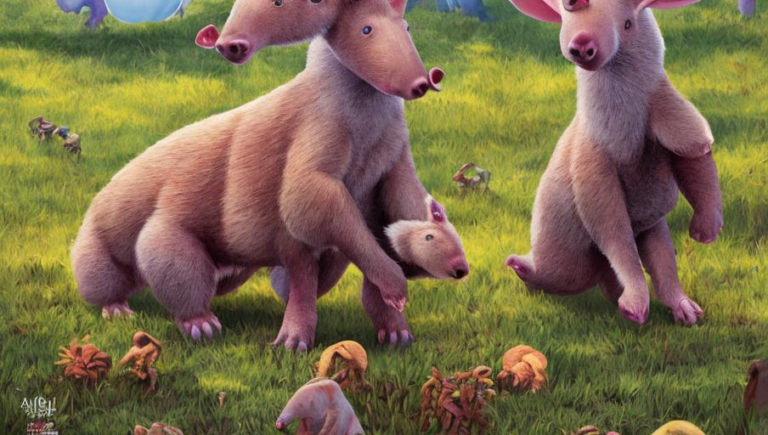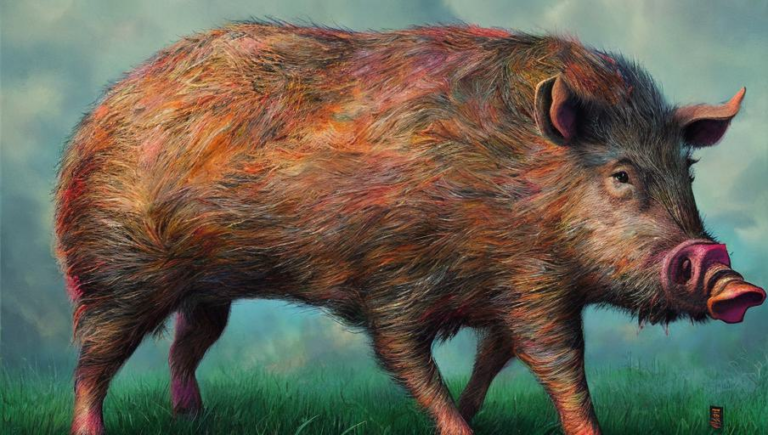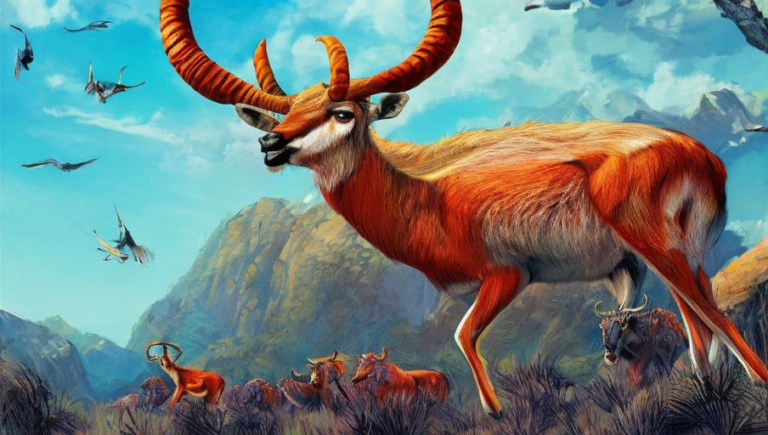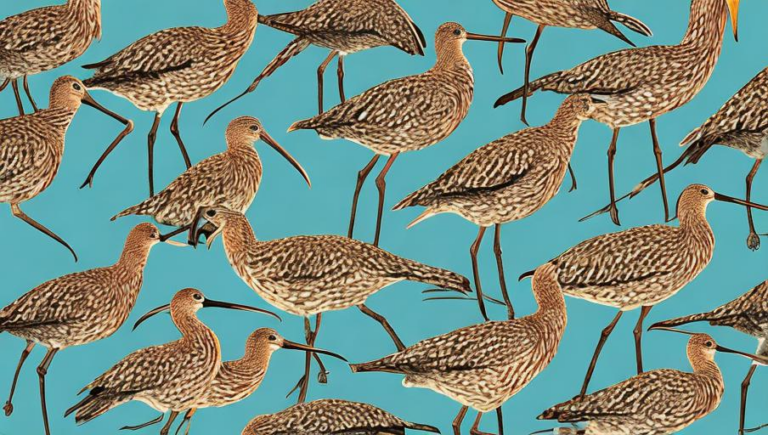Geographic Range of Antelope Species
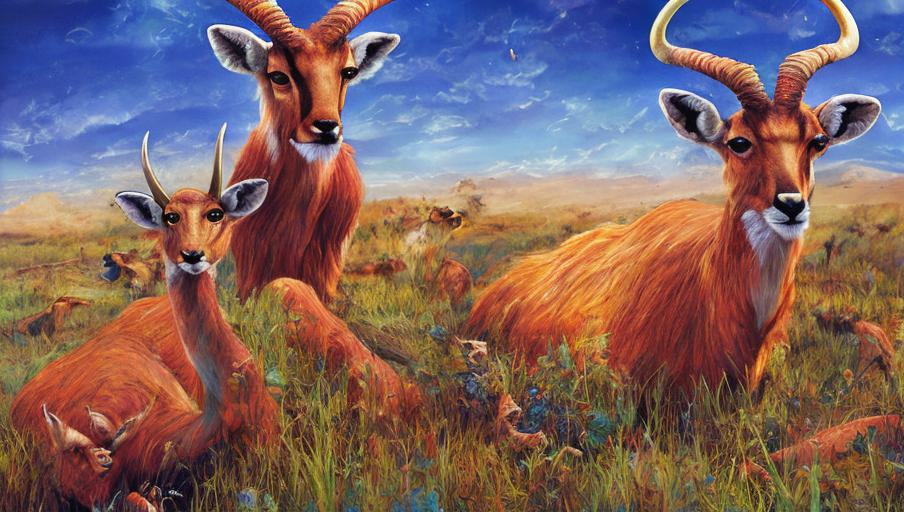
Geographic Range of Antelope Species
Antelope are a diverse group of hoofed mammals found across the globe, from deserts to savannas, and even in mountainous regions. There are 92 different species of antelope, and the geographic range of each species varies greatly. Some species are found in just a few small areas, while others are distributed across vast regions. Understanding the geographic range of antelope species can help conservationists and researchers better understand their populations and habitats.
Habitats
The geographic range of antelope species is determined by their habitats. Antelope are found in a variety of habitats, from deserts to savannas, and even in mountainous regions. Some species inhabit forests and wetlands, while others prefer open grasslands and woodlands. Some antelope are also able to adapt to human-altered habitats, such as agricultural land.
Range
The geographic range of antelope species can vary greatly, depending on the species. Some species, such as the Saiga antelope, are found in a few small areas in central Asia. Other species, such as the Gerenuk, are widely distributed across East Africa. The Impala, one of the most widely distributed antelope species, is found in much of southern and eastern Africa.
Threats
Antelope species are threatened by a variety of human activities. Many species are threatened by habitat loss due to agricultural expansion, logging, and urban development. Poaching is also a major threat, as antelope are often targeted for their meat and horns. Climate change is also having an impact on antelope species, as changes in weather patterns can affect the availability of food and water.
Conservation
Conservation efforts are needed to protect antelope species and their habitats. Governments, NGOs, and researchers are working together to protect antelope species by enforcing anti-poaching laws, creating protected areas, and restoring habitats. It is also important to raise awareness about the importance of protecting these species, so that people are more likely to support conservation efforts.
Conclusion
Antelope species have a wide range of geographic distributions, depending on the species. These species are threatened by a variety of human activities, including habitat loss, poaching, and climate change. Conservation efforts are needed to protect these species and their habitats, and people can play a role in protecting antelope by supporting conservation efforts and raising awareness about the importance of protecting these beautiful creatures.

